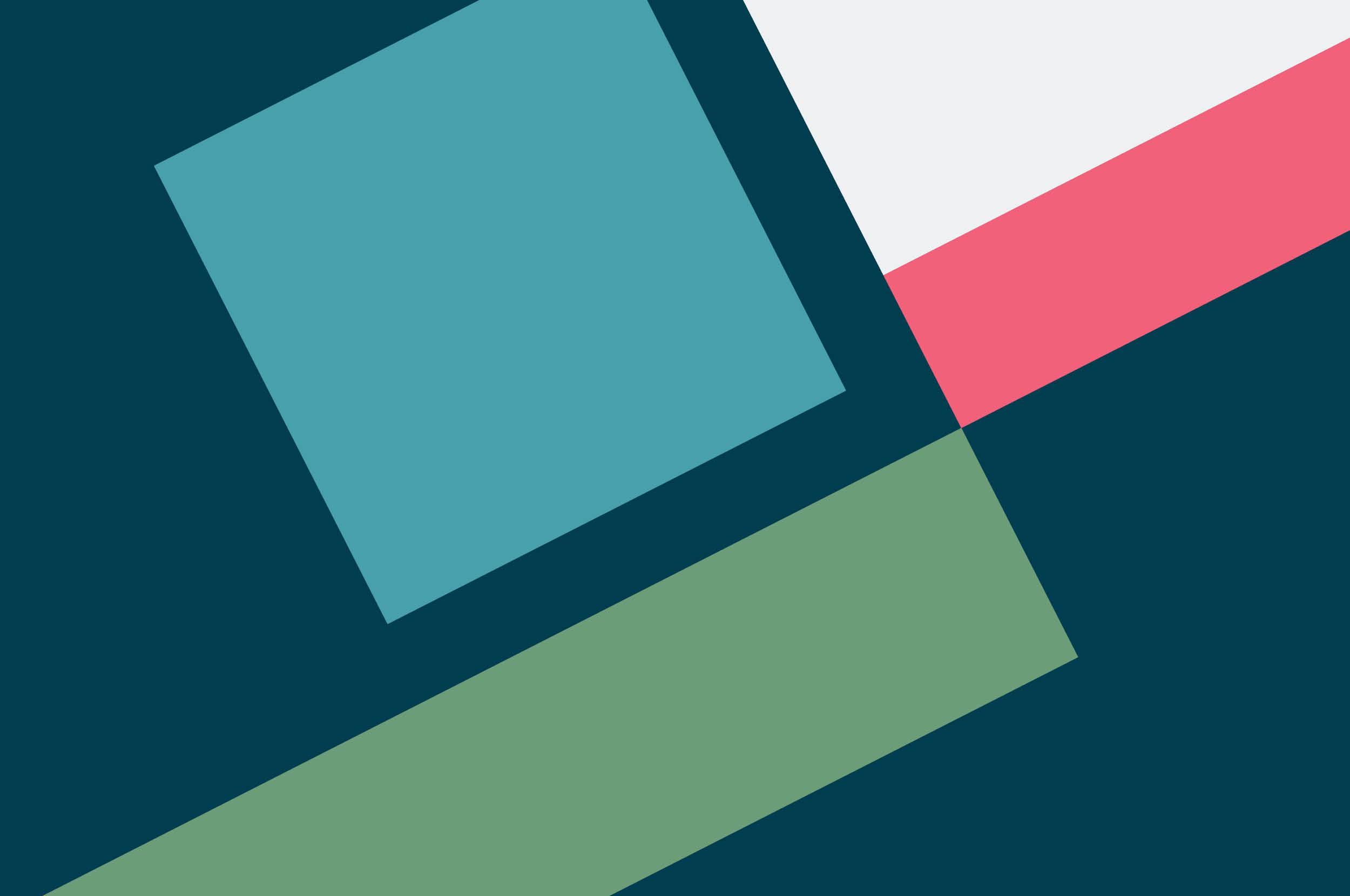We interviewed three inspiring leaders at Thoughtworks who are shaping the tech industry to talk candidly about what it takes to get a seat at the table - from surviving challenging client engagements, maintaining a leadership trajectory after four maternity leaves to reframing our internal story to that of a leader. Hear from Brigid O’Brien, Director of Digital Transformation Operations, Karen Davis, Data Principal and Meg Blake, Principal Consultant, CX Product and Design about their unique journeys and what they learned to harness their powers as leaders.
What has been your journey in getting a seat at the table?
Meg: Surviving and succeeding in really challenging client engagements and environments. At the time, they can be really stressful and all consuming, but when you reflect back on those most challenging client engagements, that's where I've had the most opportunity for growth.
The other aspect is getting involved in external communities. Hosting events like Product Tank in Melbourne got me out of my comfort zone - I got to connect with leaders in product, CX and design across the world.
Have you had to overcome any challenges as a leader, can you tell us how you overcame them?
Brigid: For me particularly, I've had four children and so my leadership journey has been punctuated by four maternity leaves and four part-time returns to work. Juggling that and trying to maintain and sustain a leadership trajectory. I never had maternity leave where I came back to the same role: I always started either in a different organisation or in a different role and what I found was that it was an opportunity to stretch and to flex. It meant that I added more experiences to my toolkit.
Karen: We have all these stories that we tell ourselves about what we can and can't do. And I think for me, seeing myself as a leader and transitioning to tell that story about myself is probably one of the biggest challenges I face and it feels like an internal one.
Meg: You're constantly uncomfortable and you never have all the answers. I think for a long time, I also really struggled to be able to articulate what I'm good at and what helped me was various tools and leadership programs, feedback and reaching out to other people to help me articulate what my strengths are and what my gaps are.
Do you have any tips to share on how to foster women in power environments?
Meg: Once you have a certain amount of experience I think your instincts are often right. So having the courage to voice your views and opinion and being open to being challenged.
Brigid: Helping and encouraging people to trust themselves and to trust that their experience will help them when they're uncertain, and just to give it a go and raise their voice and suggest something.
What surprising things have you learned as a leader now that you have a seat at the table?
Brigid: When you finally make it into the room or to the table, realising that these are just people, they're just humans - they have families, they have foibles, and they're just like us. That was both reassuring, also a bit scary.
What advice would you give to aspiring leaders?
Karen: Understand who you are as a person, what values you have and bring that to your leadership. Bring exactly who you are, don't try to be someone else just to be a leader.
Brigid: Be open, curious and authentic about what we can and can't do. This is helpful and necessary to establish the trust you need to build long-term relationships.
Karen: The last piece of advice I have is to find an organisation that sees the potential in you and is willing to give you opportunities based on your potential.
How do you build mutually beneficial alliances and strategic relationships as a leader in tech?
Brigid: Being really curious, open and interested in the people that we work with and the problems that they're dealing with daily. Sometimes, we can do something incredibly powerful to help them solve those things in a really lasting, sustainable way. Other times it's not something that we can help with in the short term, but we have ideas and strategies to work through it with them.
What do you love about tech or working in tech?
Brigid: There is such a phenomenal rate of change all of the time and it's just one of the most exciting industries to be a part of, and always has been.
Karen: I love the challenges. There are some really intricate, complex problems to solve and I particularly enjoy problems where the solution is not immediately obvious or requires some novel thinking.
Meg: The complexity of the technology. I think humans are inherently complex, technology is inherently complex, and we have to find where those two things meet.
What do you appreciate the most about working at Thoughtworks?
Brigid: The volume of learning. I've often said that Thoughtworks years are like dog years where it's like packing seven years of learning in another organisation into one year at Thoughtworks because you're exposed to the depth of thinking, a range of industries and client problems.
Karen: Really great support. There are lots of people around you that have amazing knowledge, and are just so willing to share what they have - what they know with you.
Meg: In terms of developing as a leader, I think never being comfortable and always being challenged is one of the benefits of being at Thoughtworks.
For more on women in leadership creating an impact in tech, check out other inspiring stories.
Disclaimer: The statements and opinions expressed in this article are those of the author(s) and do not necessarily reflect the positions of Thoughtworks.


















